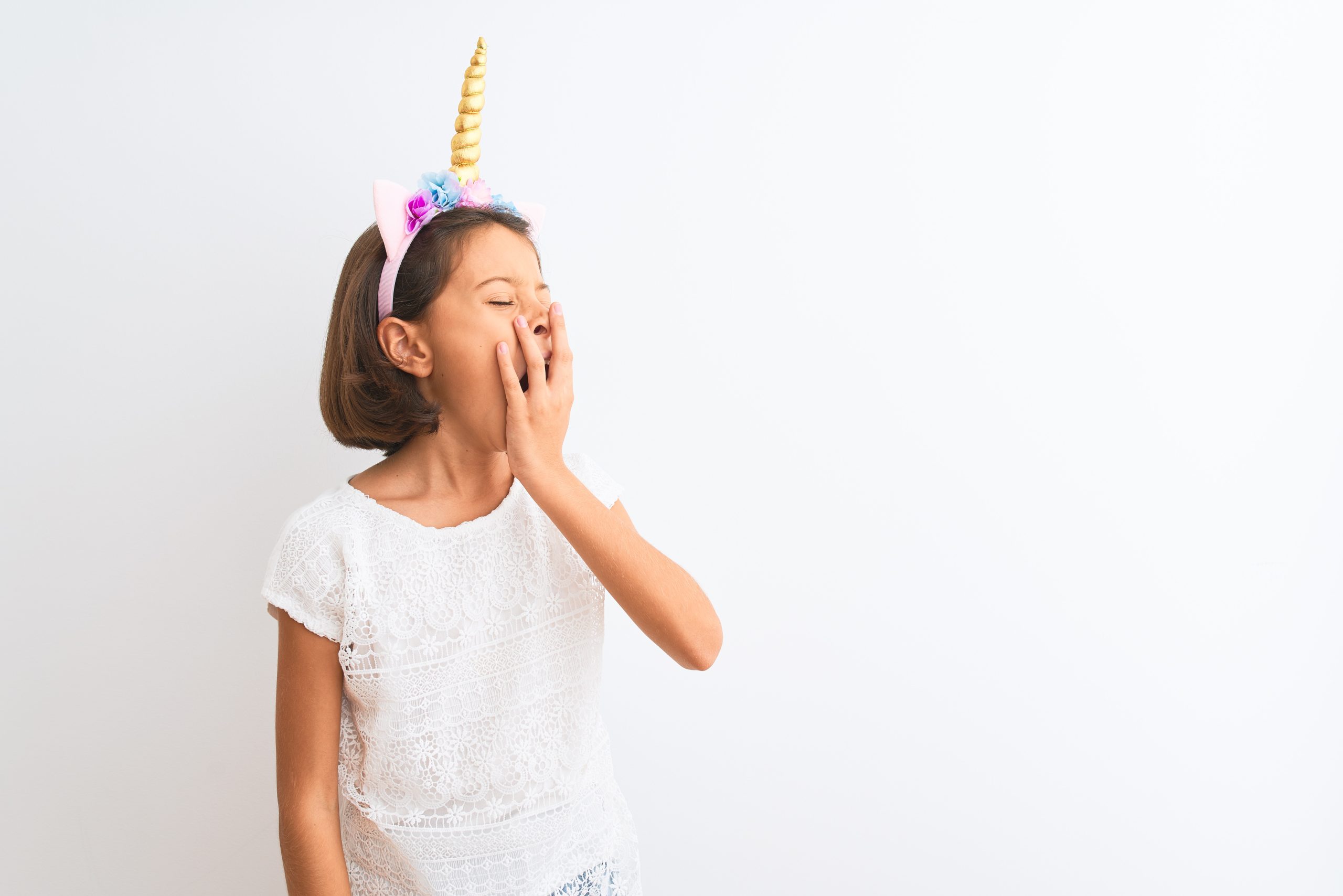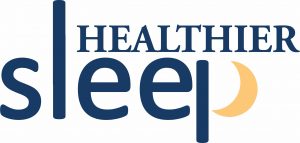Many parents describe their child’s sleep as restless. Their child might toss and turn throughout the night, end up facing a different direction by morning, or even fall out of the bed. Some parents describe their child as a “windmill” or may hear them moving during the night, all the way from another room.
Many different underlying sleep and medical problems can cause restless sleep including asthma, anxiety and depression, chronic pain, or obstructive sleep apnea. When there seems to be no obvious underlying cause of restlessness during sleep, children may be diagnosed with restless sleep disorder (RSD).
WHAT IS RESTLESS SLEEP DISORDER?
RSD is a recently defined sleep movement disorder that can affect children 6-18 years old. It consists of large body movements that are disruptive to sleep, impact daytime functioning, and can’t be explained by another sleep or medical disorder.
HOW IS RSD DIAGNOSED?
RSD is diagnosed after your child’s sleep provider does a thorough history and examination. To be diagnosed with RSD the following symptoms need to be present:
to be present:
- Child or parent describes sleep as restless
- Large body movements during sleep occur at least 3 times a week for greater than 3 months
- Restless sleep causes daytime impairment such as excessive sleepiness, difficulty concentrating, or irritability.
Your child’s sleep provider will also order an overnight sleep study to rule out any other sleep disorders, such as obstructive sleep apnea or periodic limb movement disorder, that can also cause restless sleep. Large body movements are counted during the sleep study and more than 5 of these per hour are required for a diagnosis of RSD.
WHAT TREATMENTS ARE AVAILABLE FOR RSD?
 Although the specific cause of RSD is not yet identified, early evidence points to an iron deficiency as a possible contributor. The brain needs to have access to sufficient iron stores to make dopamine, a neurotransmitter that can affect movements. If your child is diagnosed with RSD, their sleep medicine provider will check his/her ferritin level to see if your child has low iron stores. If the ferritin level is less than 50mcg/L, oral iron supplementation is recommended as first-line treatment to help improve RSD. Iron is given once or twice a day and comes in liquid, chewable, and tablet form. It is generally well tolerated but common side effects can include upset stomach and constipation. Ferritin levels are typically monitored every 3 months. If ferritin levels don’t increase with oral supplementation or a child is unable to tolerate the taste or side effects, an intravenous (IV) iron infusion may be recommended.
Although the specific cause of RSD is not yet identified, early evidence points to an iron deficiency as a possible contributor. The brain needs to have access to sufficient iron stores to make dopamine, a neurotransmitter that can affect movements. If your child is diagnosed with RSD, their sleep medicine provider will check his/her ferritin level to see if your child has low iron stores. If the ferritin level is less than 50mcg/L, oral iron supplementation is recommended as first-line treatment to help improve RSD. Iron is given once or twice a day and comes in liquid, chewable, and tablet form. It is generally well tolerated but common side effects can include upset stomach and constipation. Ferritin levels are typically monitored every 3 months. If ferritin levels don’t increase with oral supplementation or a child is unable to tolerate the taste or side effects, an intravenous (IV) iron infusion may be recommended.
IV iron is typically a one-time infusion that takes about 15-20 minutes. Children must be able to tolerate IV insertion and sit relatively still for the duration of the infusion. Side effects from an IV iron infusion are typically mild and include flushing, dizziness, or discoloration of the injection site. More serious side effects, such as allergic reactions or low phosphorus levels, are rare. Studies show that most patients with RSD who receive either oral or IV iron see an improvement in their RSD symptoms.
WHAT SHOULD I DO IF I THINK MY CHILD’S SLEEP IS RESTLESS?
While restless sleep can be very subjective, it is important to investigate possible causes. This is especially true when a child’s poor sleep is leading to problems in school or at home during the day. If you’re concerned that your child has increased restlessness at night that is impacting the quality of his/her sleep, you should talk to your healthcare provider or sleep medicine provider to see if your child may benefit from an evaluation with an overnight sleep study or ferritin testing.
______________________________________________________________________________________________________




